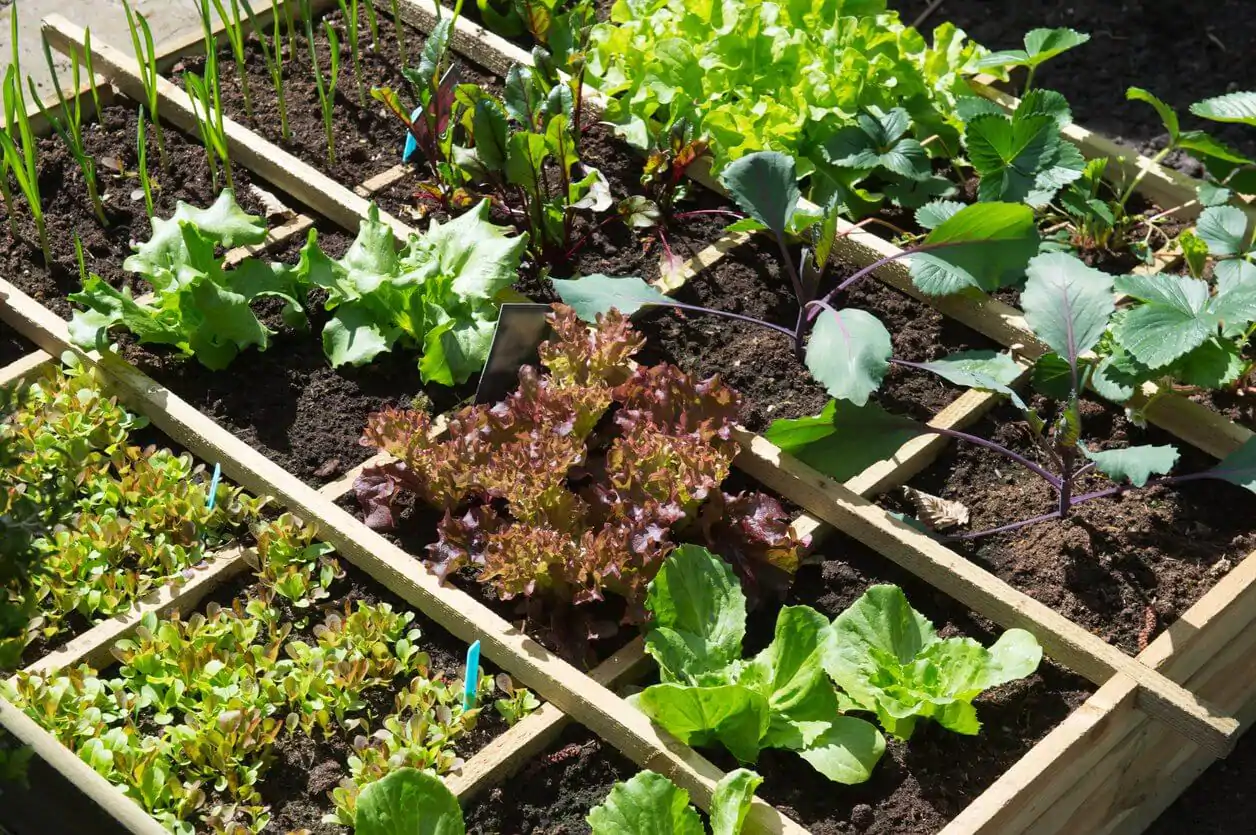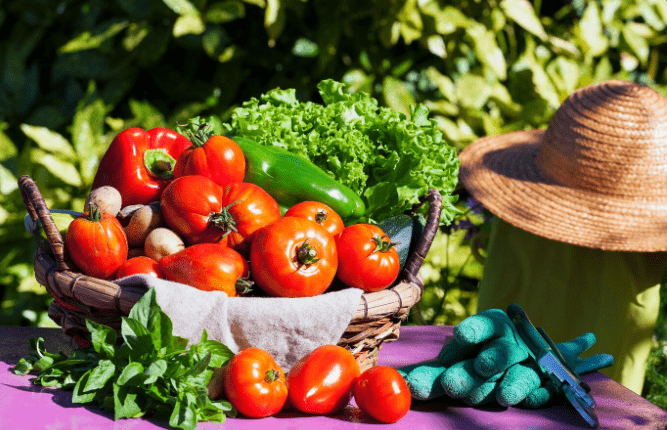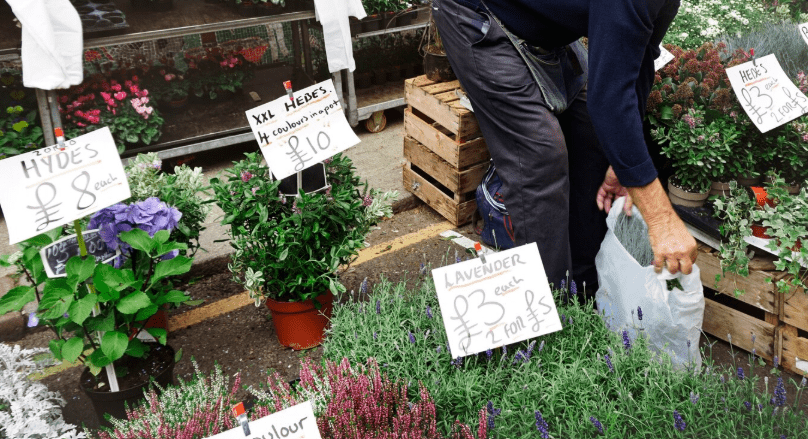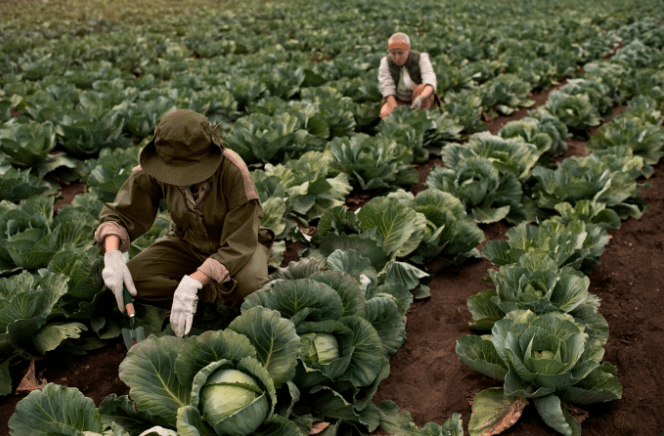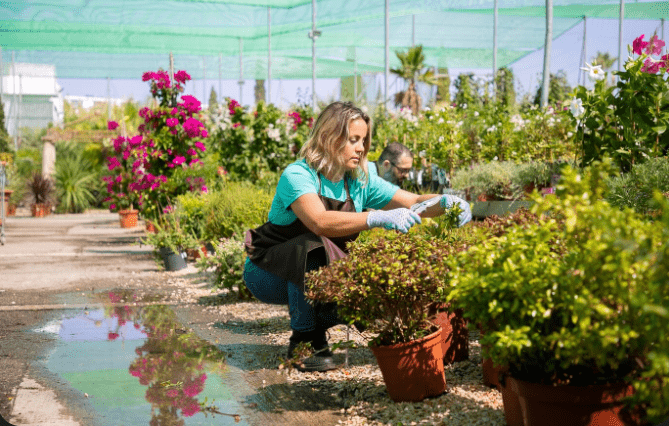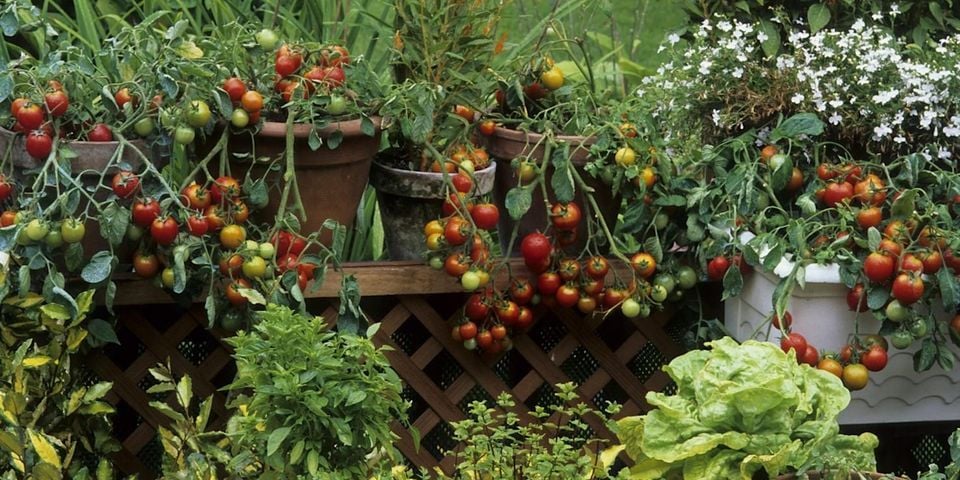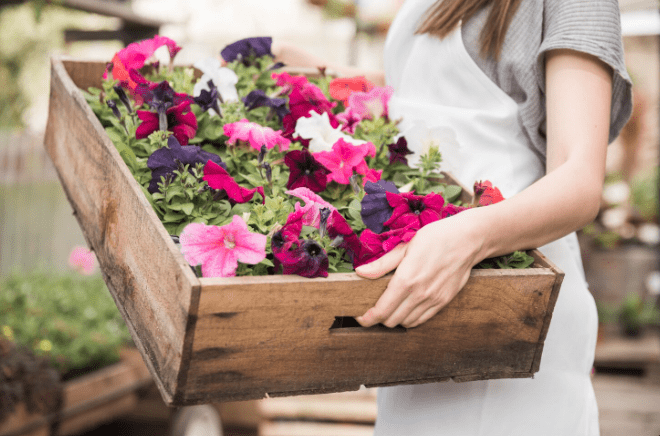August is typically one of the warmest and driest months of the year, often marking the end of summer in all its brilliance. With plenty of sunny, dry days, there’s plenty to tend to in the garden to keep it thriving. As part of your August gardening checklist, regular watering becomes essential to support plants through the heat, as the vegetable garden yields generously, and the lawn sees frequent use as a sunny spot for unwinding.
Table of Contents
TogglePlan Cool-Season Vegetable Garden
Now is the perfect moment to begin preparing for your autumn vegetable garden. Fall is ideal for growing cool-weather crops such as leafy greens like kale, Swiss chard, mustard leaves, arugula, lettuce, spinach, and bok choy. It’s also a great season for planting brassicas such as broccoli, cabbage, cauliflower, romanesco, Brussels sprouts, and kohlrabi. Don’t forget root vegetables like radishes, beets, turnips, and carrots, along with other cool-season favorites such as peas, garlic, onions, and leeks.
Add Support to Flowers
As blooms become heavier and stems grow taller, plants like dahlias and gladiolus may need staking, especially if this hasn’t been done yet. Providing this extra support helps protect them from breakage and also keeps low-hanging flowers off the ground.
Deadhead Flowers
Regularly removing faded flowers will encourage continued blooming well into the fall. Fresh blossoms not only brighten up the garden but also provide valuable food for pollinators, such as butterflies, bees, and hoverflies, all of which are crucial for a healthy garden ecosystem. Sweet peas, in particular, tend to go to seed quickly, so try to snip off faded flowers daily if possible. Don’t forget to stay consistent with watering and apply a liquid feed once a week. For perennials that have already finished blooming, trimming them back will help maintain their health and keep your borders neat and attractive.
Repot Houseplants
If your indoor plants have spent the summer enjoying the fresh air outside, they’ve likely experienced a surge in growth. That makes August a great time to transfer them into a bit larger pots with fresh potting mix. Repotting now allows them to settle into their new containers before the cooler autumn temperatures set in. A good sign that your plant is ready for a bigger home is if you notice roots poking through the drainage holes. Choose a pot that’s just a bit bigger to avoid overwhelming the plant.
Trim Hedges
Summer growth can leave hedges looking wild and overgrown, and with nesting season over, it’s safe to tidy them up. Whether you’re using manual clippers or an electric trimmer, consider the overall shape and height you want to maintain. Start from the base and work your way upward with steady, even strokes, trimming each side before finishing off the top. Always wear safety gear, and if your hedge is on the taller side, make sure you use a stable ladder or platform. Lastly, be sure to collect and dispose of any trimmings to leave the area clean and neat.
Plant Perennials and Shrubs
Late summer is an excellent window for adding perennials and ornamental shrubs to your garden. The cooler, damp conditions of fall will help them establish strong roots, setting the stage for vibrant blooms next spring and summer. Ideal choices for planting now include hydrangeas, lilies, daylilies, sedums, ornamental grasses, peonies, and bearded irises. If the weather remains hot and dry, be sure to water these newcomers regularly to help them acclimate. Applying mulch around the base will also help lock in soil moisture. In colder climates, protect new plantings through their first winter by covering them with a layer of straw or fallen leaves. Just be sure to wait until the ground has frozen in late fall before doing so.
Care for Fruit Trees
With gooseberry season wrapped up, it’s time to prune the plants to keep them in good shape. Aim for an open, bowl-like structure that promotes airflow throughout the shrub. Start by cutting out the central branches to open up the middle, then trim the remaining growth down to around six leaves per stem. This encourages healthy, new shoots to develop.
As for summer raspberries, they’ve likely finished producing fruit by now. You can go ahead and remove the old canes that bore fruit—these often begin to turn brown, signaling it’s time to cut them back. Clearing these out helps stimulate the growth of fresh canes. To maintain good air circulation, you might also need to thin out any extra canes, keeping them spaced about 20cm apart. The canes you keep can be tied to horizontal wires for support and tidier growth.
Harvest Herbs
While you can pick herbs all summer long, their essential oils are most concentrated in late summer, just before flowering. For best results, harvest foliage in the early morning once the dew has evaporated but before temperatures rise. A simple method for storing herbs is to rinse them in cool water, roughly chop, and freeze them into ice cube trays filled with water. Once frozen, you can simply pop out a cube whenever you need a quick hit of fresh flavor.
Inspect for Pests and Disease
At this time of year, cabbage white butterflies are actively seeking out brassicas to lay their eggs. Keep a close eye on your plants and remove any eggs or insects as soon as you spot them. You can also cover crops with netting or use brassica collars at planting time to minimize pest problems.
Warm, damp conditions can trigger blight in crops like potatoes and tomatoes. If you detect signs of infection, remove and discard any affected plants immediately to prevent the disease from spreading. In early cases of potato blight, cutting back the infected foliage and leaving the tubers in the soil might save your harvest. To help prevent future outbreaks, rotate crops annually and select varieties that are bred for blight resistance.
Check Your Pond
If your pond has developed excess algae or aquatic weeds, clear them out gently and leave the removed material beside the pond overnight. This gives any small creatures trapped inside a chance to crawl back to the water. Now is also a good time to thin out overgrown water plants. While you’re at it, take a moment to clean any pumps and filters to keep your water features running smoothly.

